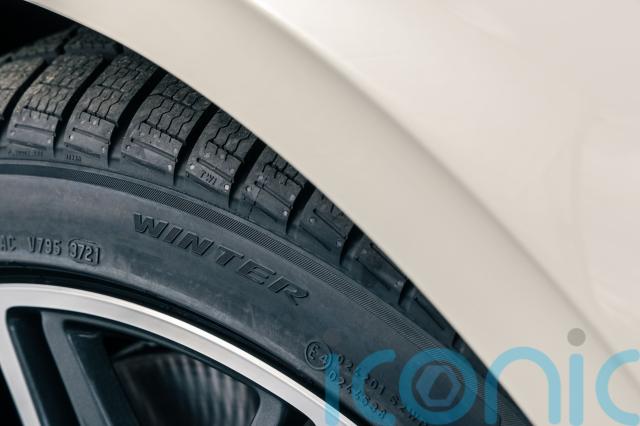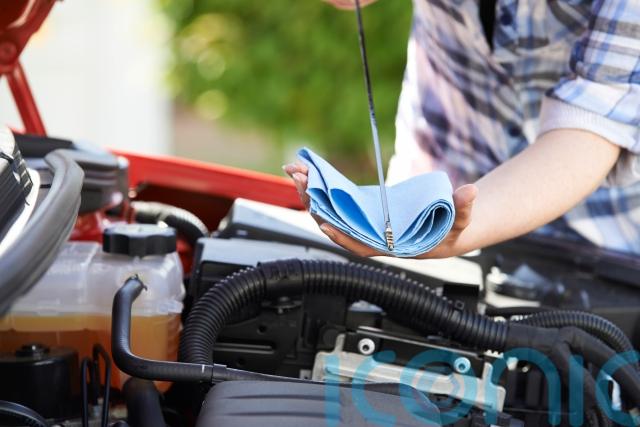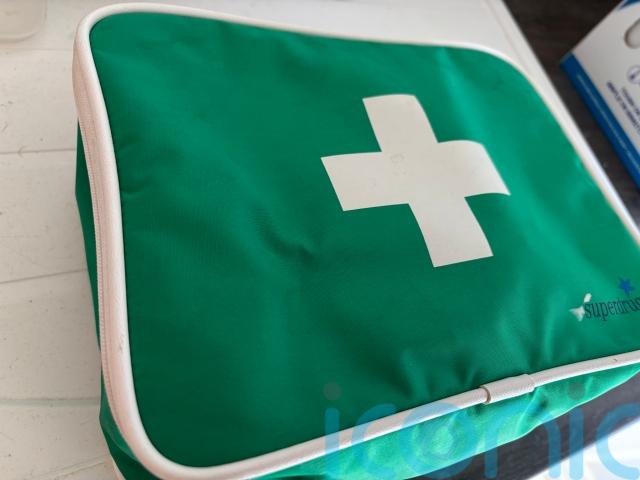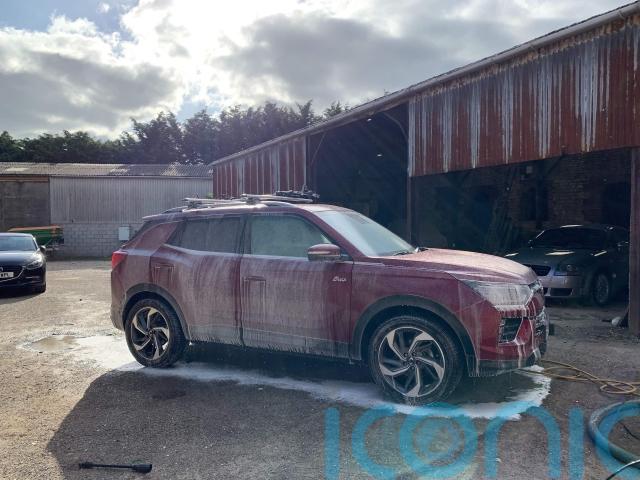
Winter is nearly here, with colder temperatures, longer nights and the roads full of dirt, grit, salt and ice, which can all have an effect on our cars.
This means that certain parts of our vehicles will be exposed to the harsher elements and degrade quicker. However, there are ways that you can prevent your car from breaking down or causing an accident by doing some simple checks this winter.
We’ve got all of the information you need to make your car winter-ready.
Windscreen and wipers

Firstly, check the condition of the windscreen. Over the summer, the glass would have been subjected to stones, rocks and dirt flicking up at the screen, which can cause chips. During the colder winter months, those chips can soon turn into something larger, such as a crack.
Not only is it dangerous, as it can impair your forward visibility, it will also mean your vehicle will not be road worthy and will fail an MOT.
Also, inspect the condition of the wiper blades, as they will be used a lot more frequently during the winter, with rain, salt, grit and snow weakening the rubber over time. Inspect the wiper rubbers for splits, perishing and make sure they clear the windscreen effectively. If they don’t, or they’re damaged, simply replace them, as they’re cheap and easy to fit.
Tyres

Tyres are one of the most important safety features fitted to your car, as they ensure the car grips to the road.
Here in the UK, the minimum legal tyre tread depth requirement is 1.6mm, with anything lower than that seen as ‘dangerous’ and will need to be replaced immediately. We’d suggest replacing them when the tread reaches 3mm, as the more rubber you have on your tyres, the more grip you’ll have.
Inspect the tyres for damage too, with cuts, cracks and perishing rubber all could affect how the tyres perform in the winter months. You might want to consider switching to a set of ‘winter tyres’ as they will perform better at lower temperatures and are designed to disperse snow and water away from the rubber. And, ‘all-season’ tyres are another alternative, which are a blend of summer and winter tyres, which means you can use them all-year-round.
Lights

The shorter days and longer nights mean that our car’s headlights will be used more in the winter than in any other season.
It’s best to check to make sure that all the lights are working as they should. We’d suggest turning all of the lights on, such as the dip beams, main beams and indicators to see if they work and illuminate as they should.
Always check the brake lights are working too, as they can blow without warning and will cause your car to fail an MOT. Get a friend or relative to check the lights from outside the vehicle, while you operate them from inside.
Oil and fluids

Oil is an essential part of your car’s engine to help keep it running smoothly. If your car is running low on engine oil, it could lead to engine failure or a breakdown.
To check the oil level, open the bonnet and look for the dipstick – it’s usually a yellow handle in most cars. Pull it out of its holder and wipe off the excess oil with a paper towel or old cloth, then feed it back into the engine. Take it out again and it will tell you the engine oil level as the stick itself has a minimum and maximum gauge.
If the oil level is reading low, then simply top it up – using the correct oil for your car – via the oil filling point – which is located under the oil filler cap. Once topped up, repeat the process with the dipstick, to make sure the oil level sits in between the minimum and maximum gauge. If you’re unsure how to do this, then a reputable garage can also change the oil for you.
Plus, always remember to check the engine’s fluid levels such as screen wash, brake fluid and coolant as these are vital no matter what the season is.
If the washer fluid is low, it can restrict your forward visibility as a dirty front windscreen won’t be cleared effectively. Simply top-up the screen wash using a decent quality washer liquid. And, brake fluid is there to make sure your vehicle stops smoothly. If the fluid is low or contaminated, it could lead to brake failure, so always make sure you check your brake fluid.
Coolant is a combination of water and antifreeze, which regulates the engine’s temperature by absorbing heat and dissipating it through the radiator. If the coolant level is low, then your car’s engine will be at higher risk of overheating and breaking down. So, top it up using a good-quality engine coolant, that is right for your car.
Pack essential items

It’s a good idea to pack your car with essential emergency equipment as you never know when you might need it.
Pack a first aid kit and some high-vis clothing, while it might be a good idea to stow a blanket in your car along with hats, scarfs and gloves. These will come in handy, if you are unfortunate enough to suffer a breakdown this winter.
Give your car a clean

A simple and effective way to make your car winter-ready is to give it a thorough clean.
During the winter, mud and salt deposits can build up underneath and in the wheel arches, which can contribute to car-killing rust.
Make sure you blast out any dirt in between the wheel arches and underneath, as well as use a good-quality car shampoo.
Clean the car with a soft microfibre wash mit, to prevent any dirt or debris being washed back onto the car which can scratch the paint. Then, use a good-quality car polish and wax, which gives the bodywork an extra layer of protection from the elements – a great way of protecting your car over winter.
Subscribe or register today to discover more from DonegalLive.ie
Buy the e-paper of the Donegal Democrat, Donegal People's Press, Donegal Post and Inish Times here for instant access to Donegal's premier news titles.
Keep up with the latest news from Donegal with our daily newsletter featuring the most important stories of the day delivered to your inbox every evening at 5pm.